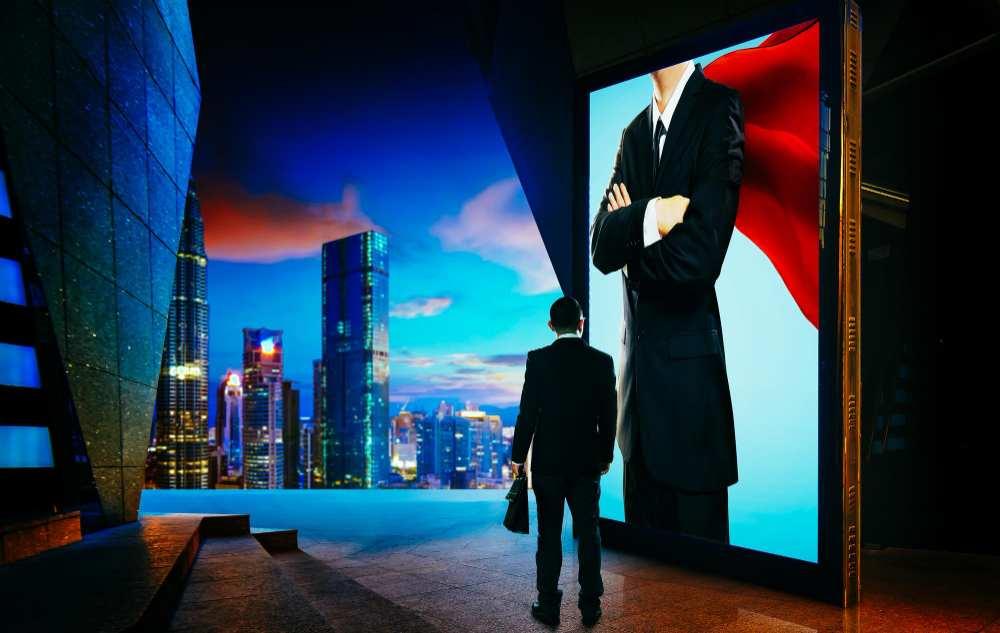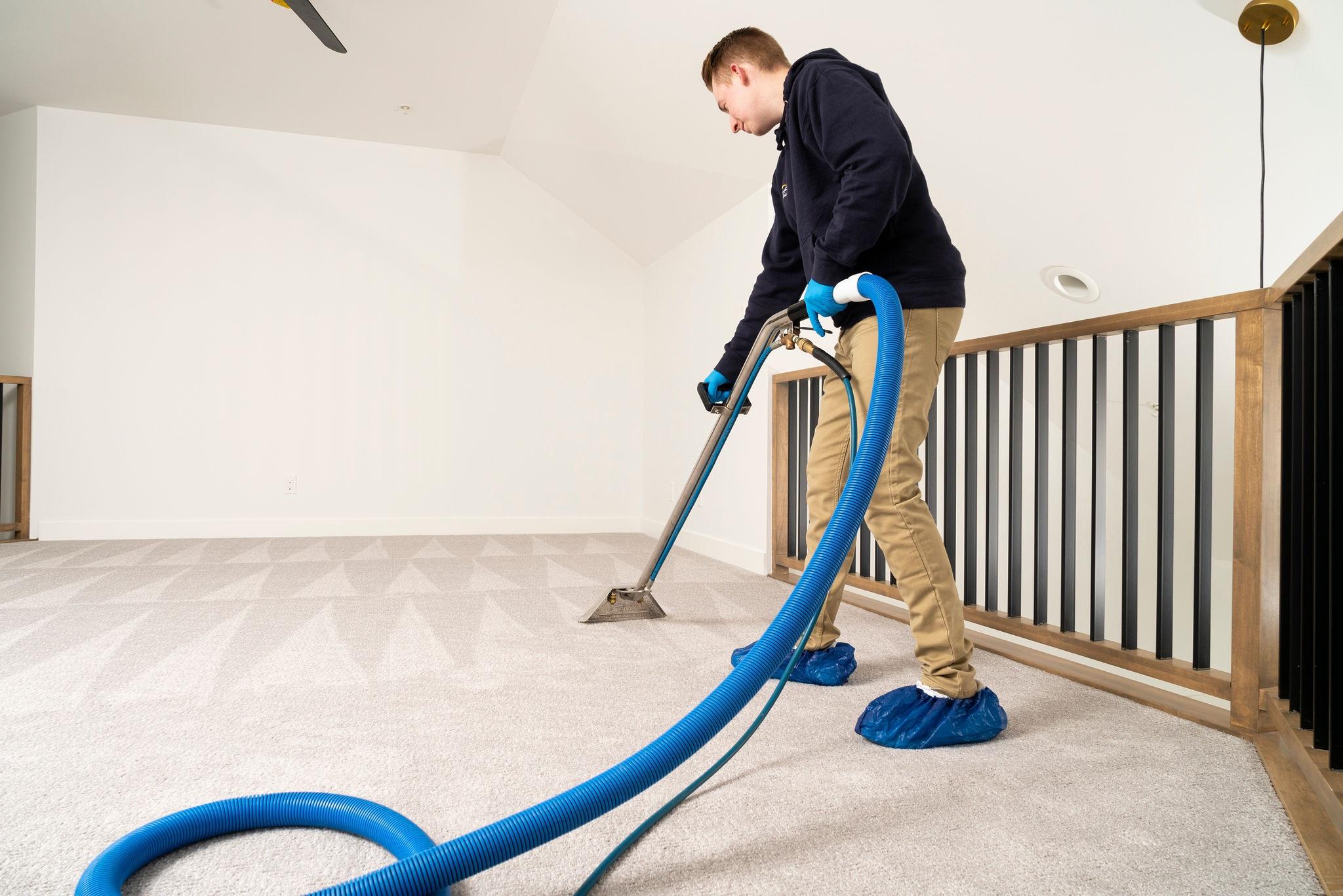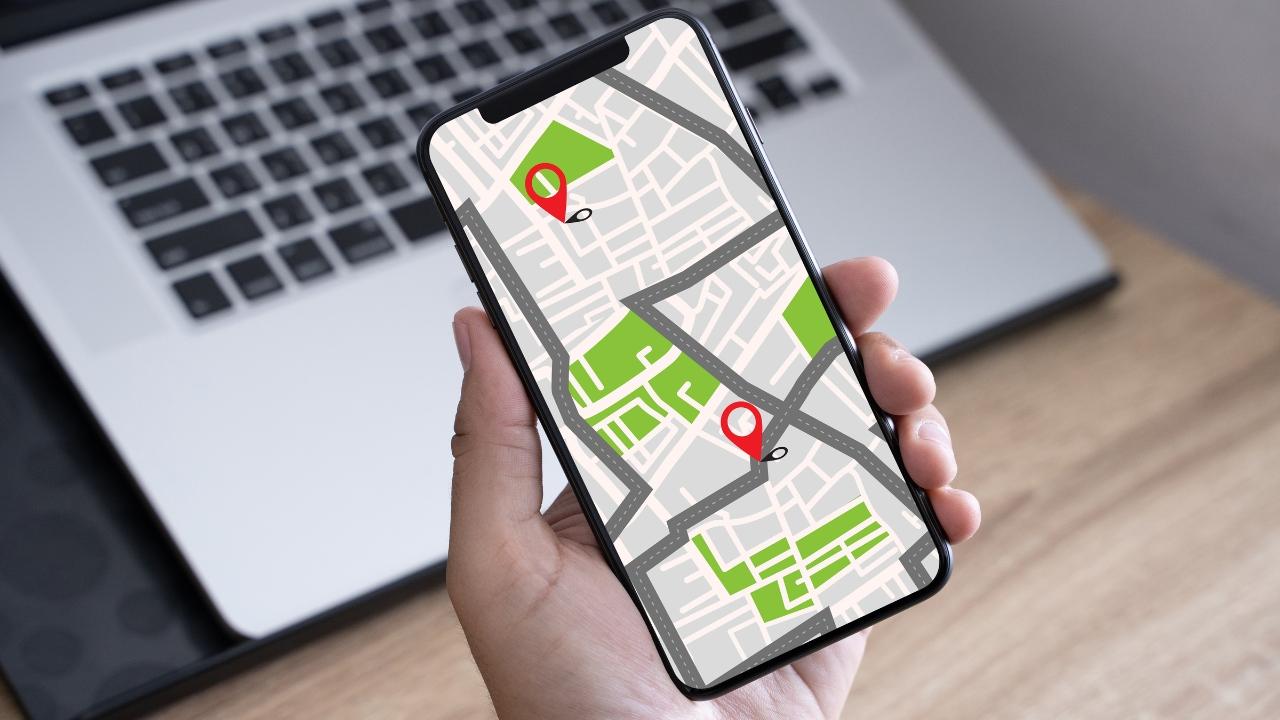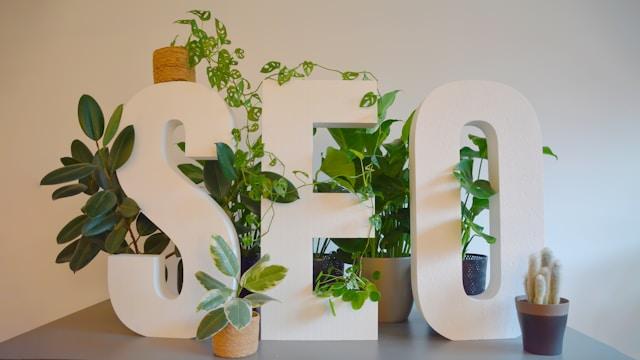Προωθημένο
Why Waterproof Outdoor LED Screens are Non-Negotiable in Malaysia

In Malaysia's vibrant and dynamic urban landscape, outdoor LED screens have become the gold standard for captivating audiences. They are the luminous hearts of advertising, information, and entertainment, pulsating with high-definition content from the heart of Kuala Lumpur to the bustling shores of Penang. However, the very elements that define Malaysia's tropical charm—intense sun, torrential downpours, and pervasive humidity—pose a relentless threat to this technology. In this environment, a standard outdoor screen is not enough. The absolute necessity is a fully waterproof outdoor LED screen, a product not of mere preference but of essential engineering for survival and performance.
Understanding this requirement is fundamental for any business, municipality, or organization looking to invest in outdoor digital signage. It is the critical factor that separates a short-lived, problematic installation from a long-term, high-return asset.
The Malaysian Climate: A Perfect Storm of Environmental Adversity
Malaysia’s climate is classified as tropical, presenting a triple-threat to unprotected electronics:
-
Torrential Rainfall and Monsoon Seasons: The country experiences heavy and consistent rainfall, particularly during the Northeast and Southwest Monsoons. A typical afternoon shower isn't a gentle drizzle but a deluge that can horizontally batter surfaces. A screen that is merely "water-resistant" will quickly succumb to this kind of pressure, leading to internal water ingress.
-
High Humidity Levels: Humidity in Malaysia consistently hovers between 70% and 90% year-round. This persistent moisture in the air is insidious. It can seep into the smallest of gaps, condense on internal circuits, and lead to corrosion, short-circuiting, and the gradual degradation of sensitive components.
-
Intense Heat and UV Radiation: The equatorial sun delivers powerful UV rays and high ambient temperatures. These factors can cause non-robust materials to fade, warp, or crack over time, compromising the structural integrity that keeps water out.
An LED screen that fails to address these challenges will inevitably suffer from premature failure, constant maintenance issues, and ultimately, a complete breakdown, turning a significant investment into a costly piece of scrap metal.
The Guardian: IP Ratings and What They Truly Mean
The defence against these elements is quantified by the Ingress Protection (IP) Rating. This international standard (IEC 60529) defines the levels of sealing effectiveness of electrical enclosures against solids and liquids.
For an outdoor LED screen in Malaysia, the minimum acceptable rating should be IP65. Let's break down what this means:
-
'6' for Solids: The first digit indicates protection against solid particles. A '6' means "dust-tight." No dust can enter the enclosure, which is crucial for preventing the buildup of fine particulate matter that can interfere with electronics and cooling.
-
'5' for Liquids: The second digit is dedicated to liquid protection. A '5' signifies protection against "water jets from a nozzle (6.3mm) from any direction." This means the screen can withstand the force of heavy rain and the use of water for cleaning.
For locations exposed to even more extreme conditions, such as coastal areas with salt spray or sites with direct, high-pressure wash-down requirements, an IP66 rating is recommended. An IP66 screen is protected against "powerful water jets" (12.5mm nozzle), offering an even greater margin of safety.
Beyond Waterproofing: A Holistic Approach to Durability
While the IP rating is the cornerstone of waterproofing, a truly resilient screen for the Malaysian market incorporates other vital features:
-
Corrosion-Resistant Materials: The cabinet housing the LED modules should be made of high-grade aluminium or other alloys treated with anti-corrosion coatings. This is especially critical to combat the high humidity and, in coastal regions, salt-laden air.
-
Integrated Thermal Management: Heat is the enemy of LED lifespan and performance. Waterproof screens must have highly efficient, yet sealed, cooling systems. These often use rear heat-sink technology to dissipate internal heat without exposing the electronics to the outside environment, maintaining the IP seal.
-
UV-Protected Components: The resins and plastics used in the LED masks and cabinets must be treated to resist UV degradation. This prevents yellowing, brittleness, and cracking, ensuring the screen's visual clarity and physical integrity for years.
The Cost of Compromise: Why Cutting Corners is Not an Option
Choosing a screen with a subpar IP rating (like IP54, which is only splash-proof) or from a manufacturer that cuts corners on sealing may seem like a way to save money initially. However, the long-term costs are severe:
-
Frequent Downtime: A screen that fails during a rainstorm is losing advertising revenue and failing in its core purpose.
-
High Maintenance and Repair Costs: Replacing water-damaged modules, power supplies, and control systems is expensive and labour-intensive.
-
Shortened Lifespan: What should be a 100,000-hour investment could be rendered useless in a fraction of the time.
-
Safety Hazards: Water ingress into high-voltage components creates a serious risk of electrical short circuits and fire.
Conclusion: An Investment in Certainty
In Malaysia's demanding climate, a waterproof outdoor LED screen is not an optional upgrade; it is the very foundation of a reliable and profitable installation. It is the assurance that your message will shine through the heaviest downpour, withstand the relentless humidity, and continue to captivate audiences day and night, season after season. When procuring an outdoor LED solution, insisting on a proven IP65 or IP66 rating is the most critical decision you will make—it is an investment not just in technology, but in peace of mind.
Frequently Asked Questions (FAQs)
1. Is a "water-resistant" screen good enough for Malaysia?
No, "water-resistant" is a vague and often misleading term. For the specific, heavy rainfall in Malaysia, you need a screen with a certified IP65 rating or higher. IP65 guarantees the screen is protected against direct jets of water, effectively making it "waterproof" for all practical weather conditions in the region. Settling for a lower or undefined standard is a significant risk.
2. How can I verify the IP rating of an LED screen?
A reputable supplier will be able to provide the official IP certification from the manufacturer, which is based on testing by an independent laboratory. This should be a standard part of their technical documentation. Be wary of any supplier that cannot produce this certification or uses non-standard terms like "weatherproof" without a specific IP code.
3. If the screen is fully sealed, how does it avoid overheating?
This is a key aspect of advanced LED design. Waterproof screens use passive cooling systems, primarily through the use of rear-mounted heat sinks. These heat sinks are made of conductive materials like aluminium and are designed to draw heat away from the critical LED drivers and components, dissipating it through the large surface area of the fins—all without breaking the IP seal. The cabinet itself acts as a sealed chamber, protecting the electronics while allowing for efficient thermal management.
4. What regular maintenance does a waterproof screen require?
The primary maintenance involves keeping the viewing surface clean. Dust, dirt, and especially bird droppings can accumulate and reduce brightness. The screen can be safely cleaned with water and a soft cloth, thanks to its IP65/66 rating. Internally, the sealed design minimizes maintenance needs. An annual professional inspection is recommended to check the integrity of seals, connectors, and the overall system to ensure long-term reliability.
5. Are waterproof screens significantly more expensive than standard outdoor models?
There is a cost premium for the higher engineering standards, superior materials, and rigorous testing required for a true IP65/66 rating. However, this should be viewed as an essential part of the initial investment rather than an extra cost. The marginally higher upfront expense is dwarfed by the avoided costs of constant repairs, component replacements, and lost revenue from downtime caused by a non-waterproof screen failing. It is a classic case of "buy nice or buy twice."







